McIntosh Animal Services proves that a rural municipal Georgia shelter can be well-run, well-funded, and not kill animals for space (or any reason besides extreme behavioral or medical situations). McIntosh County is located on the coast of Georgia, about an hour south of Savannah.
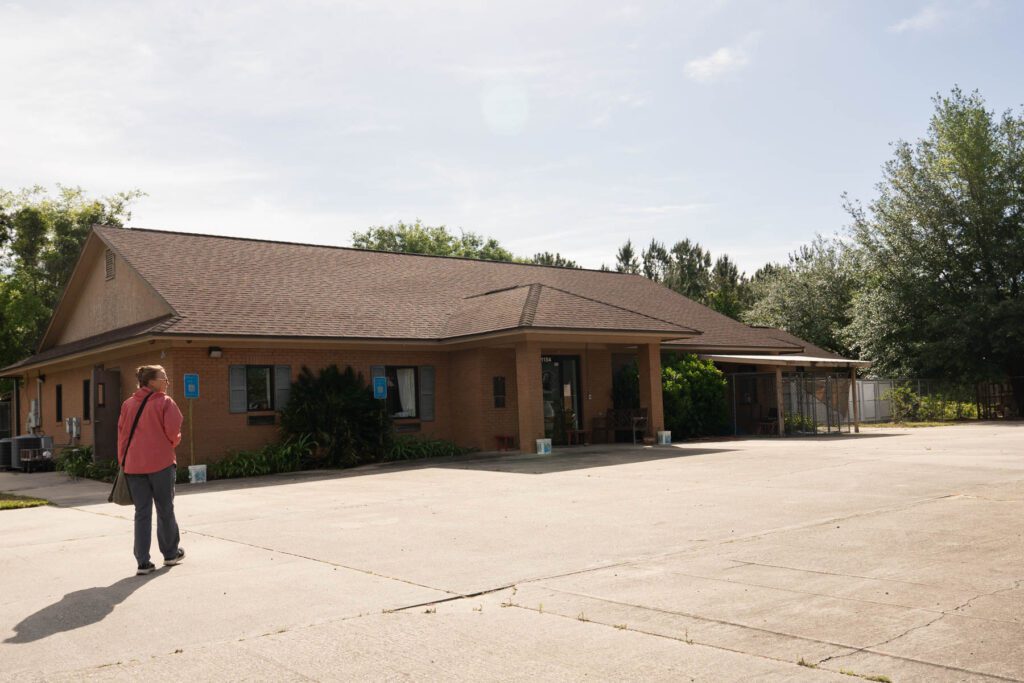
Up until now, I wasn’t sure such a place existed.
Another refreshing change is that the shelter is not run by the sheriff’s department or the department of agriculture or the health department, the models we see so often. Instead, they are their own county entity run by a staff of knowledgeable, caring individuals who make smart decisions, practice effective protocols, and ensure that all of their animals find their way to safety and homes of their own.
The shelter handles about 500 dogs a year (and around 100 cats). When I asked if they were an open intake shelter, the director, Marianne, hedged. “Yes and no,” she said.


Which means that if they are full and someone arrives with an aggressive dog they don’t know what to do with, the shelter is allowed to refuse to take it. But generally, they take everything, including what they called, “Pokey puppies.”
The county has 28 miles of heavily traveled interstate (Route 95) and when police make an arrest or there’s an accident and an animal is in the vehicle, the shelter takes the animal until the situation is sorted out. I say ‘animal’ because while it is often a dog, it has also been pretty much every other kind of animal including a six-foot python, an iguana, mice, and even chickens.
Casey is the adoption and rescue coordinator. During COVID, the shelter began doing visits and adoptions by appointment only, and they’ve kept that policy. While they do not have a lot of local adoptions, they do have people who travel from out of the area (mostly Florida) to adopt their animals.
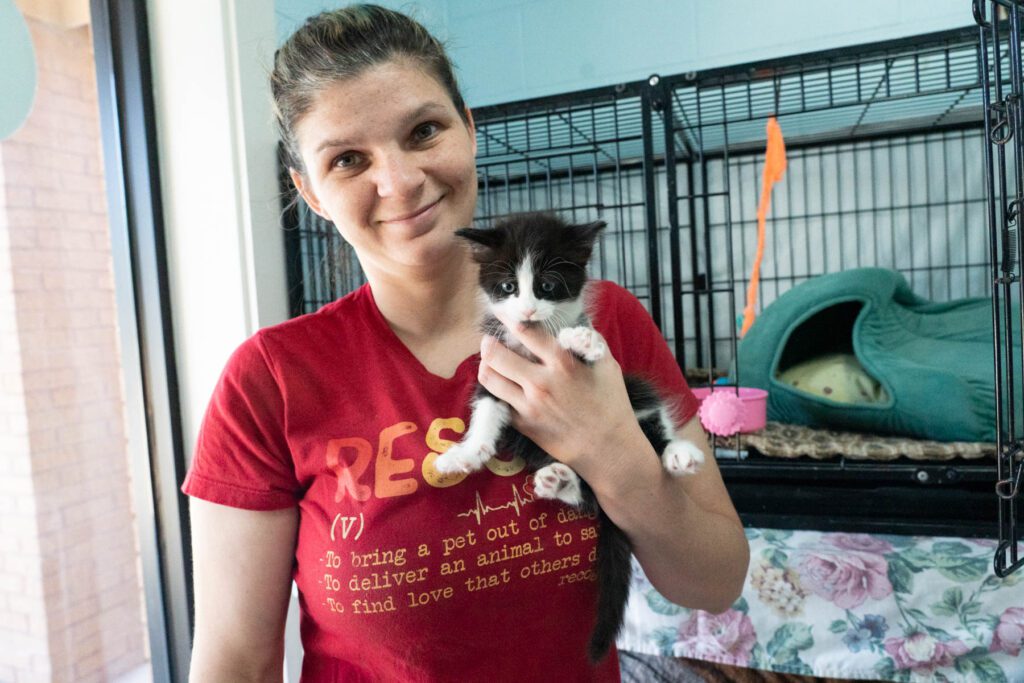
Casey has developed a rigorous screening process for adopters and it has paid off in the remarkable fact that only 5 dogs were returned last year. That’s a 1% return rate for those of you doing the math. The national average is 10%.
What’s particularly impressive about that is that Casey sends the puppies, small dogs, and ‘easy’ dogs to rescues and keeps the tougher cases at the shelter to work with them and give them time. She also fosters some of them at her house.
The shelter has many smart practices in place such as a separate quarantine area for new arrivals, vaccinations on intake, and a practice of keeping all the ‘pokey puppies’ separate from the general population.


They move puppies out as quickly as possible and while they are in the shelter they are kept isolated and off the grass (to prevent the potential spread of parvo). The shelter tests for heartworm and keeps all of their animals on preventatives.
Their dogs all have Kuranda beds and the dogs who prove that they won’t destroy their beds, get soft dog beds and bedding too. (They do a lot of laundry.)


All the dogs get toys and enrichment – the staff changes out the toys regularly to keep it interesting. We brought the supplies for peanut butter boards and Casey and kennel worker Shannon, immediately assembled the lick boards and hung them on kennels.




All of the dogs get outside time every day and the shelter has a large play yard. They let dogs out together when they can.



The shelter has spacious kennels and are in the process of installing new flooring that will be a big improvement on cement.



One of the issues they often run into is ‘happy tail,’ a condition that develops in dogs who wag their tails nonstop in confined spaces. The tail can be injured from the repeated banging and sometimes has to be amputated. The shelter gets a lot of pit bull type dogs who are most prone to happy tail and when they show signs of developing it the staff tries to address it by putting them in their larger 10’ x 10’ spaces.



This staff clearly cares about their animals. And the county clearly cares about the shelter and its staff. It’s a great facility with lots of space inside and out.
In the lobby there is a memorial table honoring some of their animals that have passed on. There are framed pictures, wooden urns with placards containing ashes, collars and tags. We listened to Marianne and Casey tell their stories, affection coloring their voices. There is also a steel can and an empty plastic mayonnaise jar on the table – both of which were removed from the heads of cats. Marianne shows them to visitors to remind them of another reason not to litter.
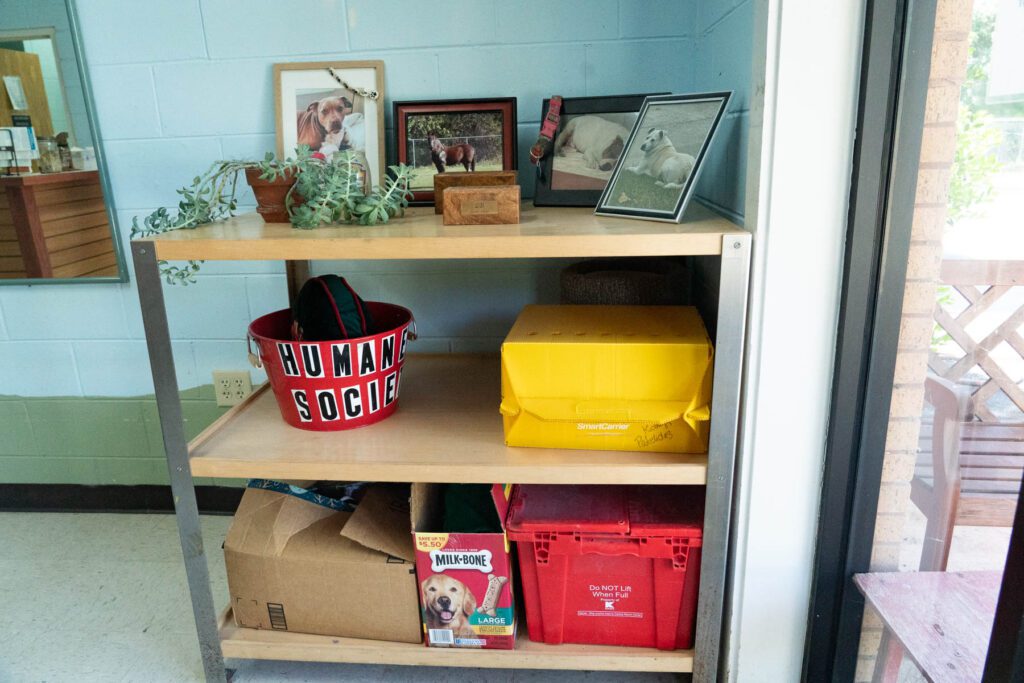
The numbers at the shelter have remained fairly steady despite the shelter’s commitment to spay and neuter all of their animals before adopting them out, and to require residents surrendering litters of puppies to allow the shelter to spay the mama dog (at no cost) in exchange for accepting the puppies.
A local organization, HART (Humane Animal Resource Team) offers significantly subsidized spay and neuter for community animals. Hopefully, these efforts will eventually pay off.
At the present moment in time, there are very few shelters we visit where the numbers aren’t going up, so steady numbers likely mean they are already making progress.
There is so much to celebrate about this municipal shelter. They are showing humane sheltering can be done in rural Georgia where many of their neighboring counties shirk their responsibility to the animals leaving it in the hands and hearts of private rescues and/or operating dog pounds.
Casey noted that MCAS is still dependent on (and grateful for) their rescue partners. Rescues continue to be the difference between a shelter that euthanizes for space and one that saves every saveable life.
What will it take to reduce that dependency? I suppose that’s the question we all need to keep asking.
Meanwhile, if you’d like to support this shelter and thank them for the good example they are setting in a state that sorely needs them, consider shopping their Amazon wishlist: https://www.amazon.com/hz/wishlist/ls/DUV48H7YVGLV?ref_=wl_share
You can see all their adoptable pets on Petfinder: https://www.petfinder.com/search/pets-for-adoption/?shelter_id%5B0%5D=GA939
You can also donate directly to their work through their Friends of MCAS page: www.paypal.me/friendsofMCAS
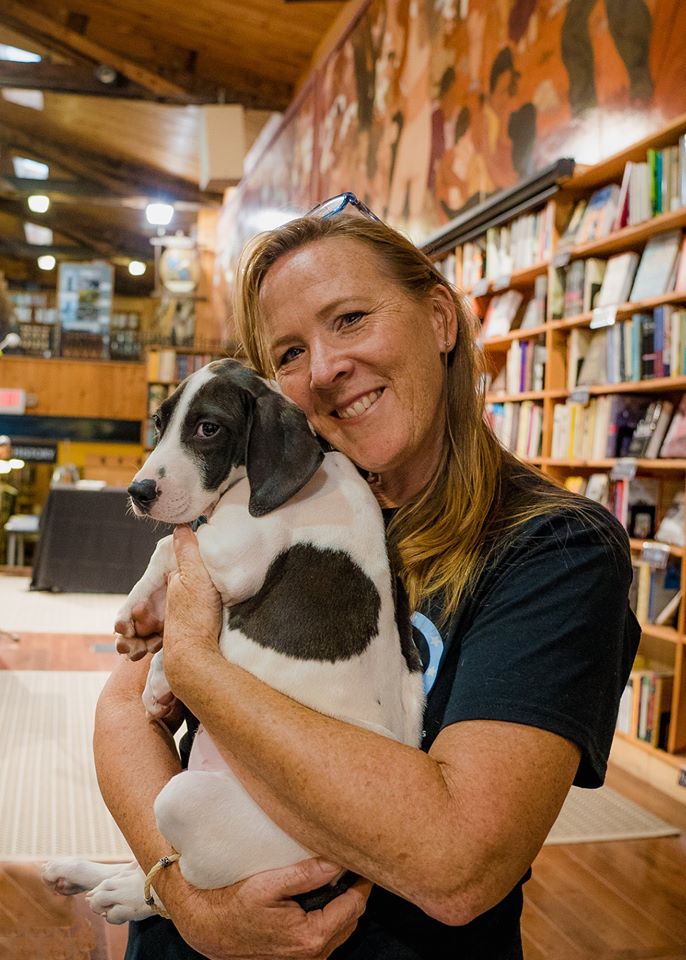
Until each one has a home,
Cara
If you want to learn more, be sure to subscribe to this blog. And help us spread the word by sharing this post with others. Visit our website to learn more.
You can also help raise awareness by following/commenting/sharing us on Facebook, Instagram, YouTube, Tik Tok, and the Who Will Let the Dogs Out podcast.
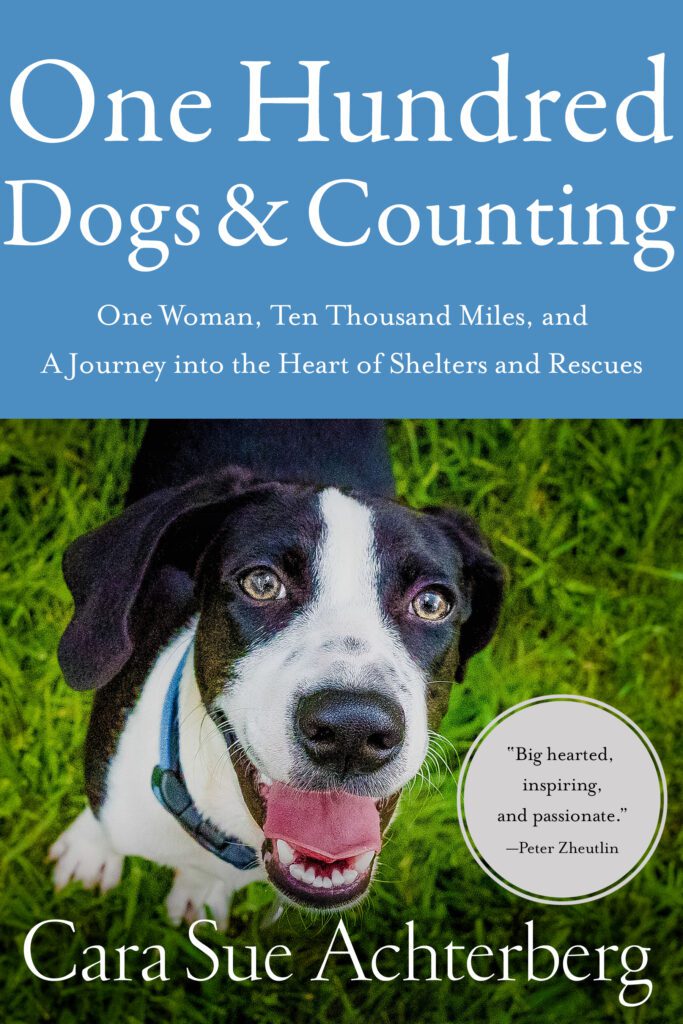
Learn more about what is happening in our southern shelters and rescues in the book, One Hundred Dogs & Counting: One Woman, Ten Thousand Miles, and a Journey Into the Heart of Shelters and Rescues (Pegasus Books, 2020). It’s the story of a challenging foster dog who inspired me to travel south to find out where all the dogs were coming from. It tells the story of how Who Will Let the Dogs Out began. Find it anywhere books are sold. A portion of the proceeds of every book sold go to help unwanted animals in the south.
For more information on any of our projects, to talk about rescue in your neck of the woods, or become a WWLDO volunteer, please email whowillletthedogsout@gmail.com or carasueachterberg@gmail.com.
And for links to everything WWLDO check out our Linktree.



Leave a Comment
Sign up for our newsletter
Sign up to have our latest news, grant updates, shelter visits, and more delivered to your inbox.
Share this:
Like this: